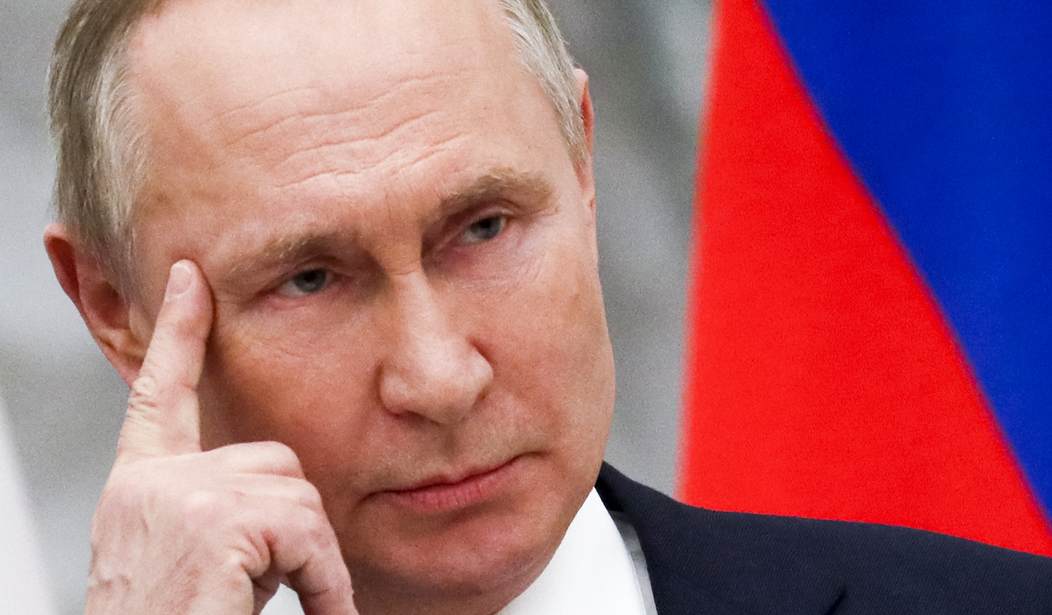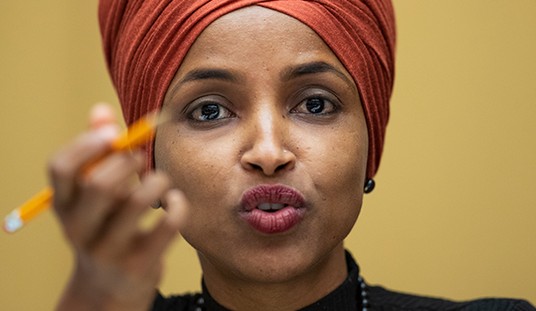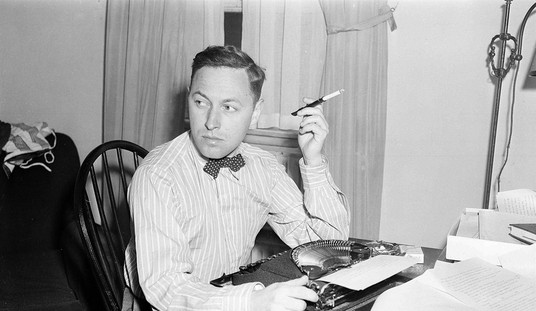Whatever Vladimir Putin’s ultimate objective is in threatening to go to war with Ukraine, he’s certainly keeping his enemies off balance.
When the Russian Defense Ministry announced that some troops on the border would be pulled back, the reaction in the West was one of relief and gratitude.
But one U.S. defense official pointed out that while some Russian troops were pulling back, others were being moved forward. The fact is, we need a scorecard to keep track of all the bluffs and feints coming from Moscow, all designed to either make NATO look like fools or give the Ukraine government a false sense of security right before the hammer falls.
That muddied efforts to determine the significance of the announcement, which buoyed world financial markets and the long-suffering ruble after weeks of escalation in Europe’s worst East-West standoff in decades. It came a day after Russia’s foreign minister indicated the country was ready to keep talking about the security grievances that led to the Ukraine crisis — a gesture that changed the tenor after weeks of tensions.
Yet hours before the Russian Defense Ministry statement about the troops, a U.S. defense official said Russian units were moving closer to the Ukrainian border – not away from it. And Western officials continued to warn that the Russian military could attack at any time, with some floating Wednesday as a possible invasion day. NATO’s chief said the alliance had no proof yet of a Russian retreat.
Putin is trying to get as much as he can from NATO and the Ukrainians without going to war. And the closer war comes, the more NATO and Kyiv are willing to give.
The challenge for the Russian president is not to ask for so much that he maneuvers himself into a war with Ukraine — one that Russia would win easily but not without a tremendous cost.
Moscow brandished Tuesday’s pullback announcement as proof that fears of war were fabricated by a hostile, U.S.-led West: “February 15, 2022, will go down in history as the day Western war propaganda failed. Humiliated and destroyed without a single shot fired,” Russian Foreign Ministry spokesperson Maria Zakharova tweeted.
Yet Ukraine remains effectively surrounded on three sides by military forces from its much more powerful neighbor, and even if the immediate threat recedes, longer-term risk remains. Russia annexed the Black Sea peninsula of Crimea from Ukraine in 2014, and some 14,000 people have been killed in fighting between Ukrainian troops and pro-Russia separatists in the country’s east.
Putin is waiting for that “final” peace conference — the “last chance for peace,” as the Western media will frame it. At that point, he may — or may not — graciously agree not to pulverize Ukraine in return for having veto power over NATO membership and a demilitarized Eastern Europe.
Perhaps the meeting will take place in Munich. How appropriate.
The grateful NATO supplicants will agree to just about anything rather than be forced to impose ruinous economic sanctions — ruinous for both Russia and the Western European countries. They will try their best to hide their surrender, and, because no one wants to face the consequences of an emboldened Putin, no one will make too big a deal of it.
There is no appetite to go to war to defend any of the old Soviet satellites — even if several of them are members of NATO. Poland, Hungary, the Czech Republic, and the Baltic states should be put on notice: membership in NATO isn’t quite what it’s cracked up to be.










Join the conversation as a VIP Member